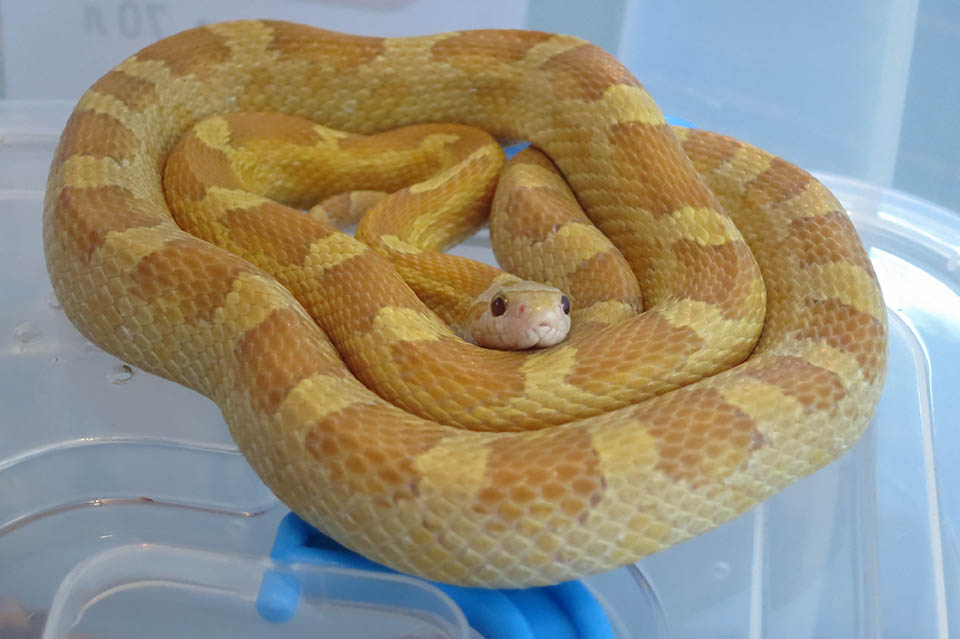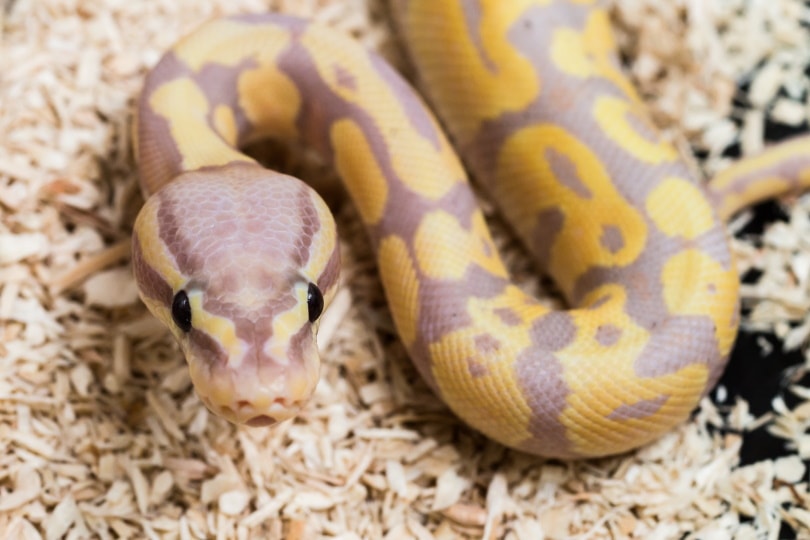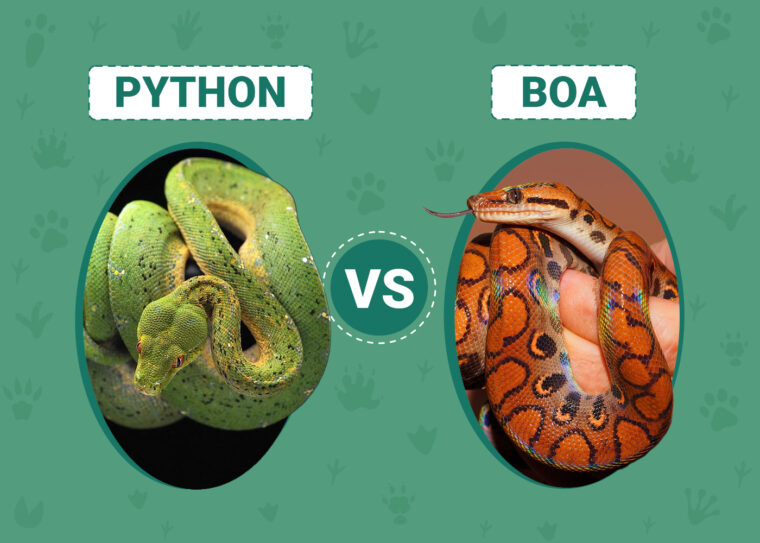
Pythons and boa constrictors are both large, non-venomous snakes that are a popular pet choice among reptile lovers. Although they both look very similar, there are some major differences between the two that could alter which one you prefer to bring home. Pythons are native to Africa, Australia, and Asia, while boas are mainly from North and South America. Neither snake has changed too much over the millions of years that they’ve inhabited this earth. In total, there are about 40 boa species and 31 python species. With so many options, how do you know which one is right for you?
Let’s take a look at some of the main differences between these two snakes to help you determine which one could be your new, scaly pet.
Visual Differences

At a Glance
Python Overview
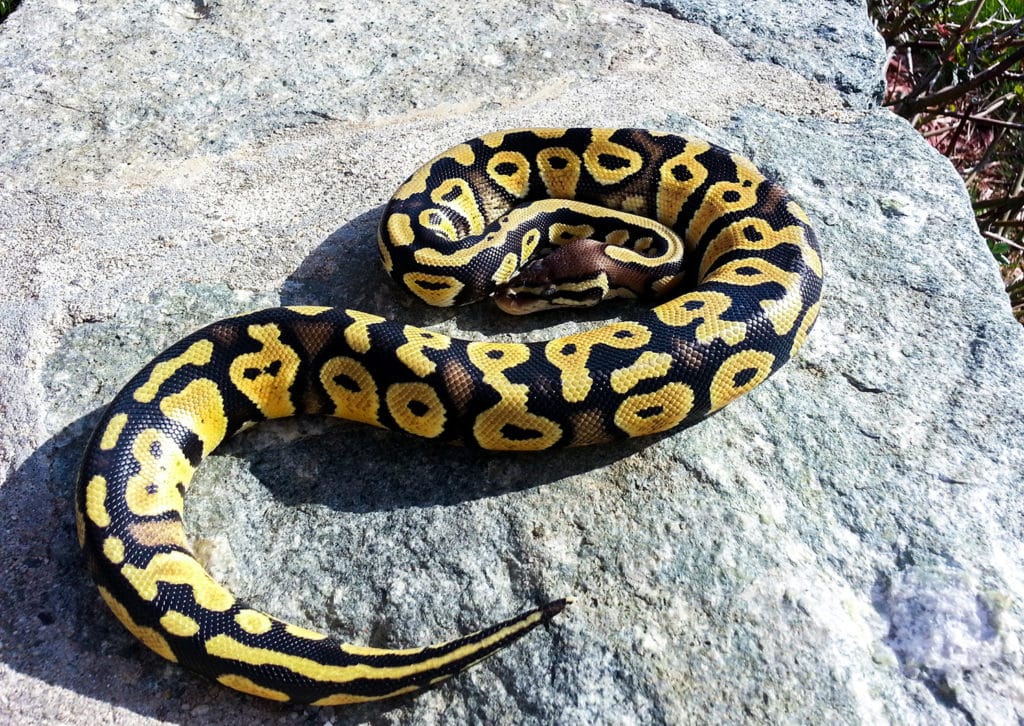
Although the idea of a large snake scares quite a few people, there are a few who don’t shy away from these unique animals. Pythons are considered animals from the Old World. The name python refers to both the Pythonidae family and the Python genus. Although pythons are similar to boas in that they constrict their bodies around their prey to kill them, they are two different species with distinctive characteristics.
The python family contains some of the biggest snakes in the world, topping out at over 33 feet long. The size and coloration of these snakes can vary depending on their natural habitats. Some pythons have elaborate patterns, and others are solid colors like brown or bright green. One of the biggest differences between pythons and boas is their anatomy. Pythons have more bones in their head and a pair of upper jaw bones containing teeth. Even though most snakes only have one lung, both pythons and boas have two.
Pythons also have the ability to sense heat using pits along their lips to detect even the tiniest differences when hunting warm-blooded prey. To reproduce, pythons must lay eggs and lay on them to incubate them until they are ready to hatch. This categorizes pythons as oviparous snakes.
Personality
Pythons are a little more afraid of confrontation than boa constrictors. Pythons prefer to spend their days in a docile state and shying away from too much commotion. They make excellent pets because they aren’t aggressive and don’t wiggle around too much when holding them.
Exercise
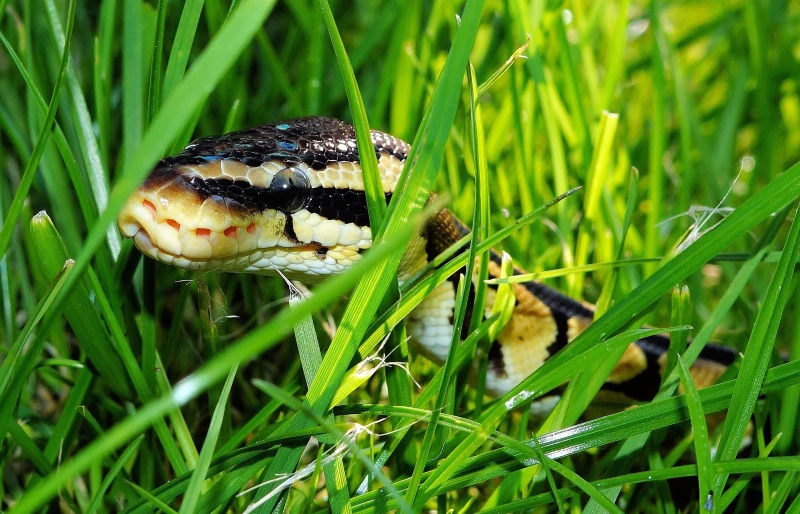
Although pythons are typically relaxed and easygoing, they can’t spend every day in their cage. Give them at least 20 minutes of physical and mental stimulation. Add lots of branches or other things for them to climb on in their enclosures. Most importantly, allow them to move to places outside of their tanks. New environments get their minds working, make life more interesting, and prevents them from becoming obese.
Health & Care
Diet and habitat are two factors that you can’t skimp on when raising a python. These snakes must eat appropriately sized rodents at room temperature at least once every week or two weeks. Keep a bowl full of fresh, chlorine-free water in its enclosures at all times. If possible, a large bowl for them to soak their bodies in is ideal. Only use tanks that are large enough for the size of your python. They enjoy substrate made from coconut fiber or aspen shavings. Keep temperatures between 78°F and 95°F and provide 8 to 12 hours of light during the day. Keep the enclosure moist to help them shed their skin.
Suitable For:
Because they are so laid back compared to other snake species, pythons are a nice option if you are a beginner snake owner. They don’t grow as large as boas in captivity, and handling them is very simple. They can live for several decades, so make sure that you are committed to them for years to come.
Boa Overview
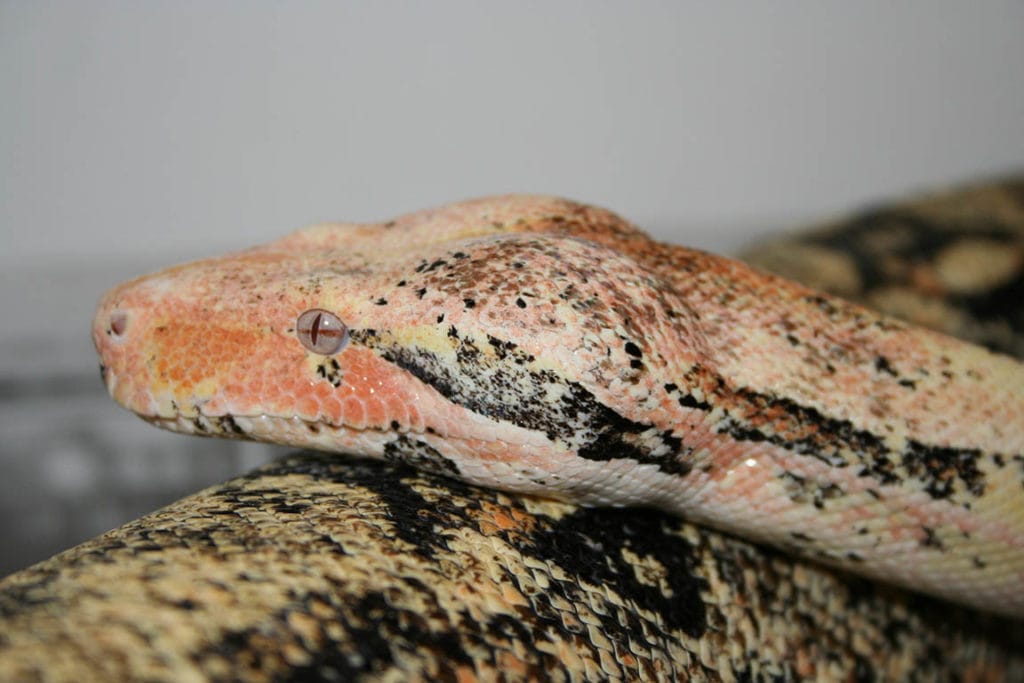
Even though a boa constrictor is usually smaller than many other python species, they tend to grow much larger when in captivity. These snakes are close cousins to anacondas and are excellent swimmers, even though they prefer to stay dry when they can. They can be red, tan, green, yellow, or have patterns with jagged lines, diamonds, and circles.
Boas are a lot more active than pythons. They aren’t aggressive towards their handlers, but they are a lot more likely to defend themselves when they feel threatened as opposed to shying away from a fight. These snakes have smaller heads with fewer teeth and bones inside. However, their teeth are hooked to help them latch onto their prey while they squeeze them. They also eat nearly anything put in front of them. Wild boas eat birds, pigs, and even monkeys when they’re lucky enough to catch one.
Unlike pythons, boas are ovoviviparous, meaning that they do not lay eggs. The boa females hold their eggs inside their bodies, where they also incubate them. The snake eggs hatch while still inside the mother, who then gives birth to live babies. Once out, the young are left to fend for themselves.
Personality
Boa constrictors are solitary animals and enjoy keeping to themselves as much as possible. They are also nocturnal, although they do come out occasionally during the day to sun themselves. Even though they are good swimmers, they would rather spend time on dry land or hanging in a tree. They might also burrow themselves into their substrate. Although still fairly docile, these snakes are a lot harder to handle because they wiggle a lot more.
Exercise
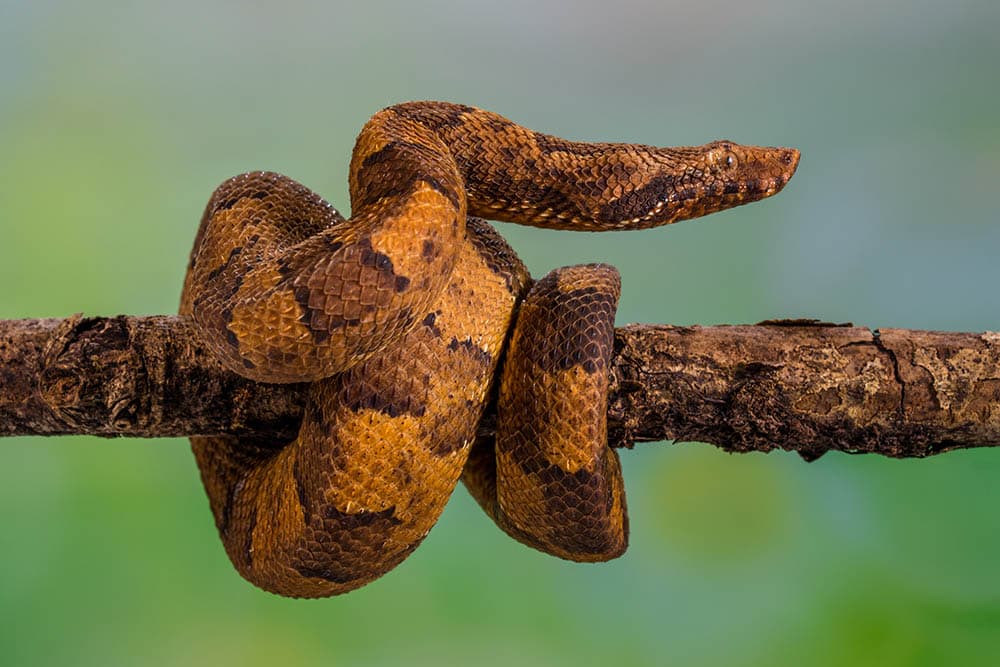
The exercise that boa snakes require is very similar to the demands of a python. Snakes need mental stimulation and to experience new environments outside of their enclosure. They are considered ambush predators, so making the hunt more interesting for them is a good way to get them moving and thinking.
Health & Care
Baby boa snakes are fine to house in a glass aquarium, but you’ll have to change it to a custom tank as they grow larger. These are powerful and smart animals. Snake experts consider them to be escape artists, and they will find their way out of their enclosure whenever given the opportunity. Provide boa snakes with plenty of hiding places with lots of logs and greenery. Keep the tank’s heat between 78°F to 85°F with a basking spot that is at least 90°F. They do not require any special UV lighting but enjoy a diet with lots of vitamin D. The cage humidity should always remain between 60 and 70 percent. Use substrate that mimics their natural environment. Good options are paper, reptile carpet, or reptile bark.
Suitable For:
Boa constrictors are suitable for almost all snake enthusiasts. Although some beginners do a good job caring for them, they do best with someone who has a basic understanding of caring for reptiles. Do not pair them with someone who is going to get scared or shy away from them.
Which Breed Is Right for You?
For two snakes with a lot of similarities, there are some differences that could make you change your mind about bringing one or the other home. Both of these snakes are large, gentle animals. However, pythons are a go-to species if this is your first time working with snakes. They are more relaxed between the two and a little less demanding when it comes to their habitat and feeding routines. You won’t make a wrong choice so long as you research each snake and figure out which one is going to work best for what you’re looking for.
Featured Image Credit by: Top – Kapa65, Pixabay | Bottom – zoosnow, Pixabay




